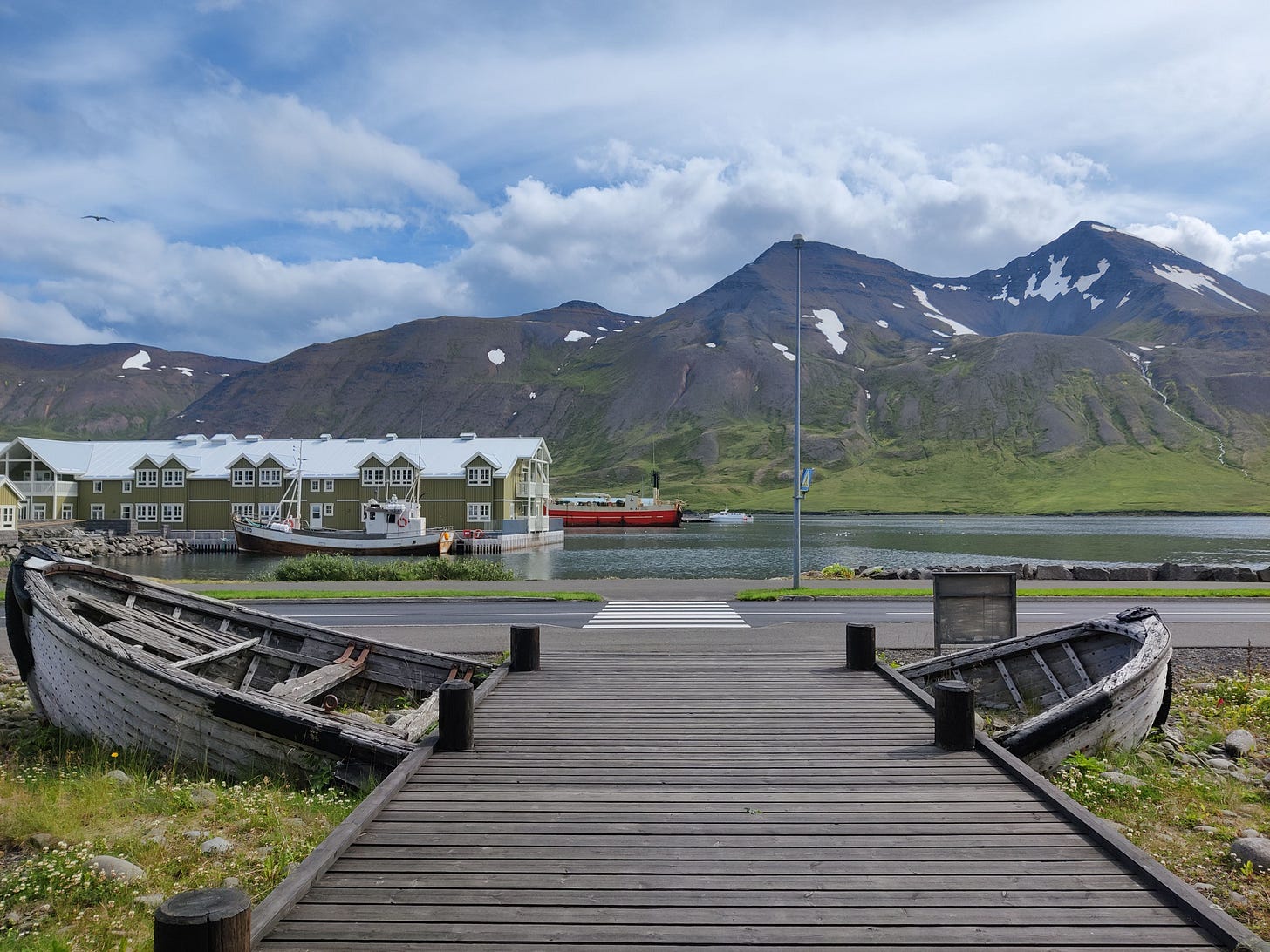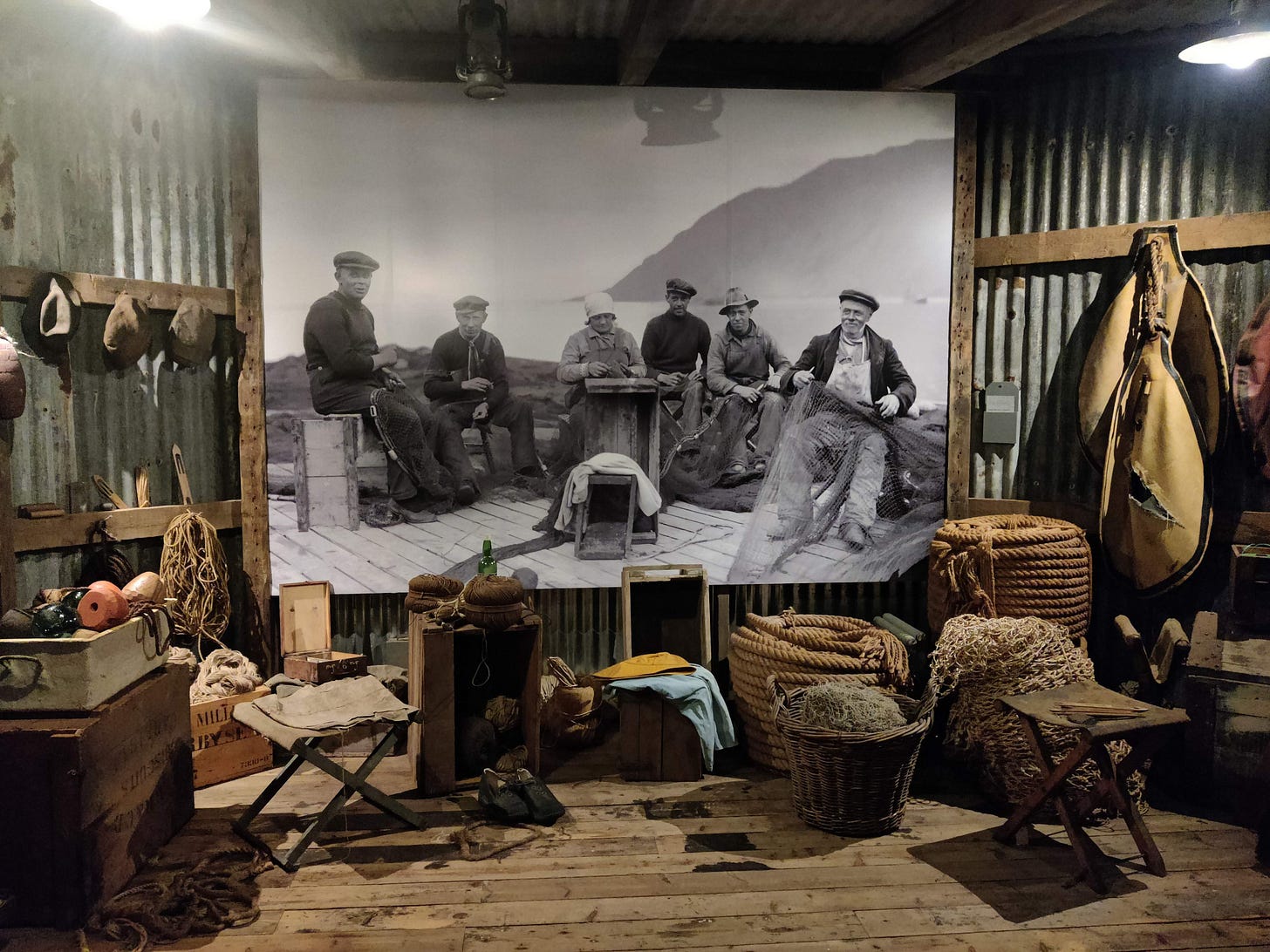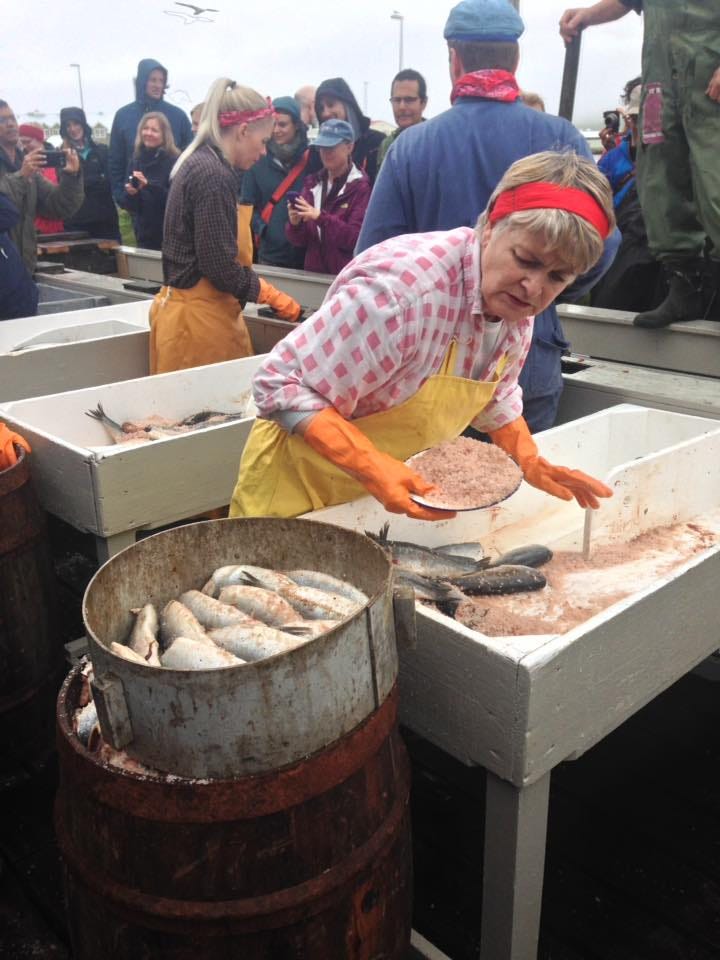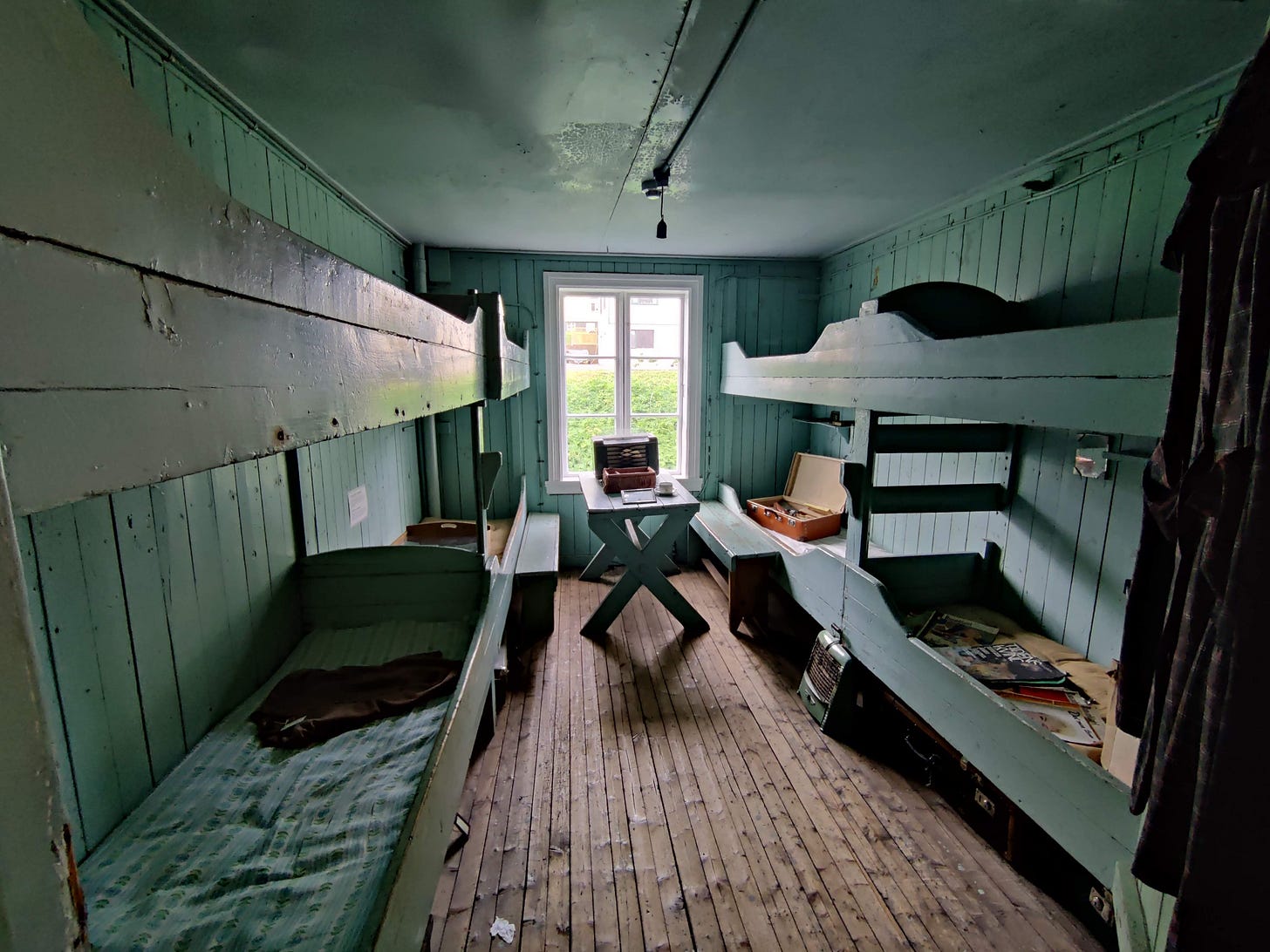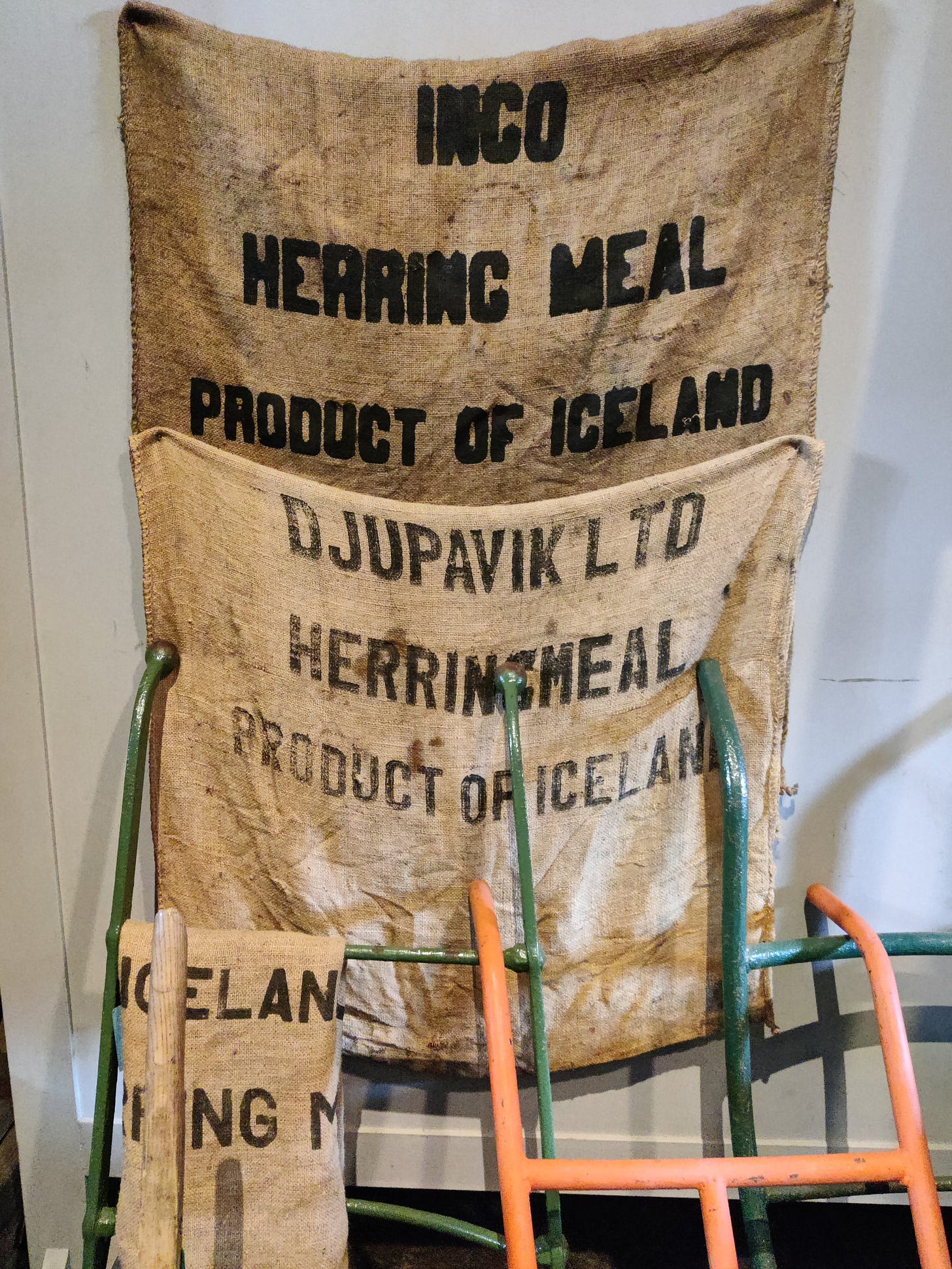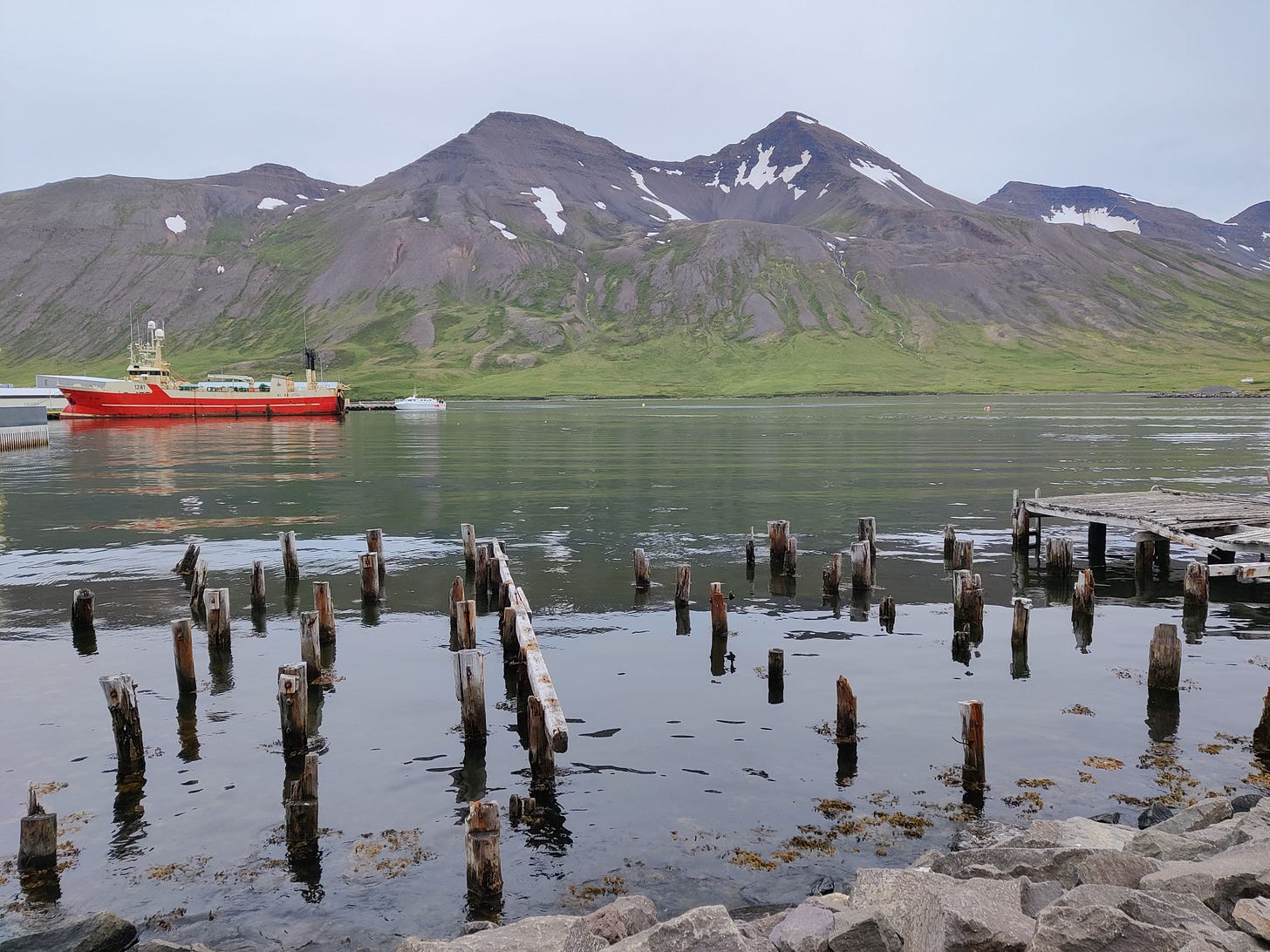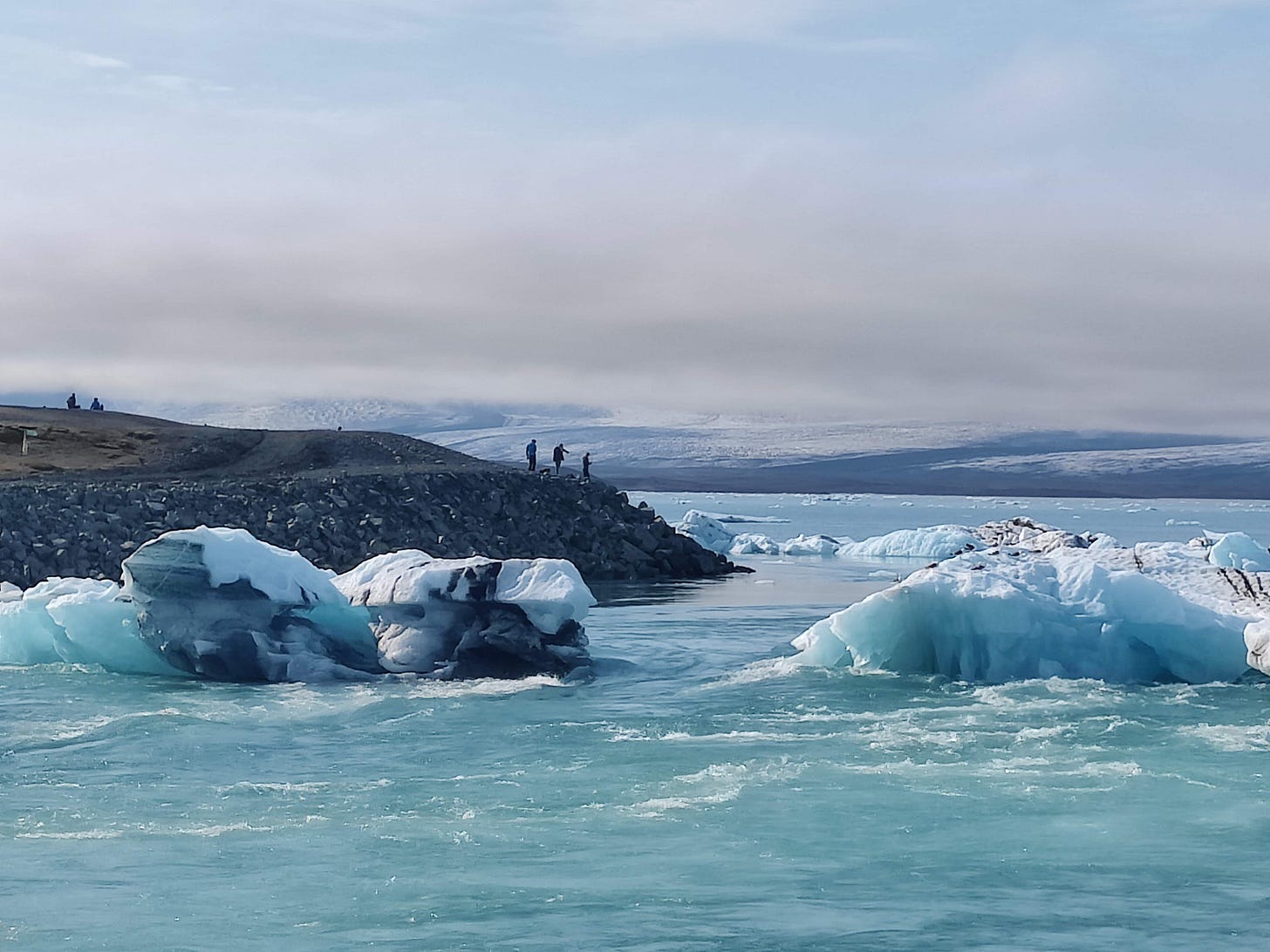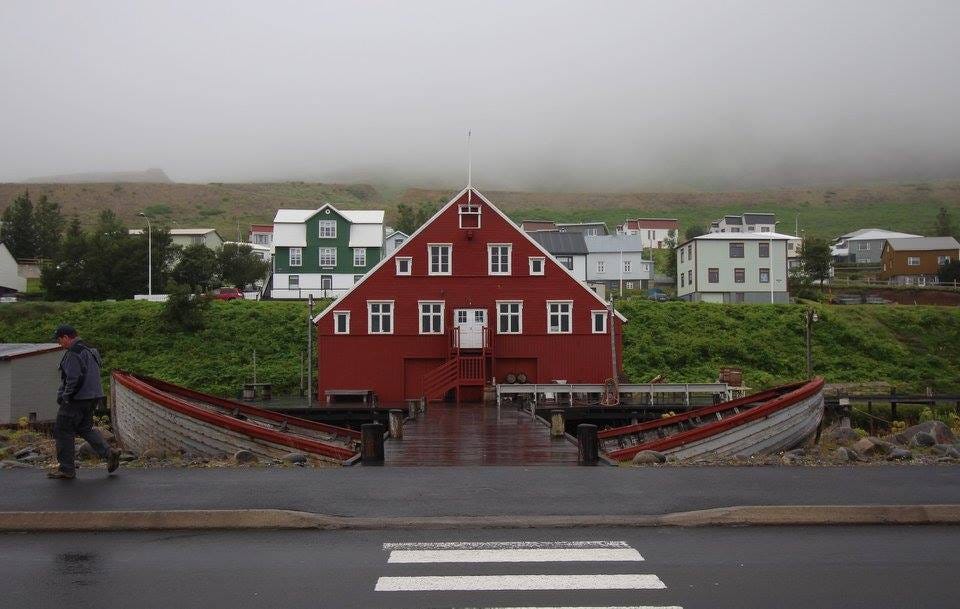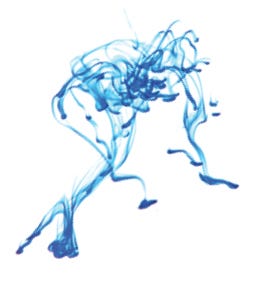An ode to the humble herring
A newsletter about food systems, climate change and everything connected to them
This week, I’m dedicating the newsletter to one of my favourite museums in the world - The Herring Era Museum in Siglufjörður (pronounced sig-ler-fyear-dur), a small but stunning town in the north of Iceland.
In fact, it is the northernmost town of mainland Iceland, located in a fjord of the same time, and a mere 50 kilometers from the Arctic Circle.
Home to about 1,300 inhabitants, the town known locally as ‘Siglo’ is wedged between imposing mountains and a sliver of water and it was also the undisputed capital of herring fishing not only in Iceland but in the whole Atlantic.
The award-winning museum, housed in five separate but connected buildings, charts the history of the herring boom and bust in the 1950s and 1960s. To me, it is also a parable of what could happen in the near future if we don’t take care of our exhaustible natural resources.
“Herring is one of this century's principal shapers of Icelanders' destinies. Without herring it is questionable whether the modern society that now exists in Iceland could ever have developed.”
- Icelandic Historical Atlas, Vol.3, p.40
I took this from the Museum’s history page because it beautifully encapsulates the importance of herring to this rocky outcrop in the North Atlantic, an island of otherworldly vistas and made up of a mixture of volcanic fire and glacial ice.
Herring is the origin of Iceland’s independence, the liberation of the country’s women, and contributed significantly to the country becoming the rich, industrialised nation that it is now, and Kristína Berman, who works at the Museum and who I’m fortunate to call a friend, told us why this is the case.
I’m quoting her in full because I can’t say it any better.
“Herring fishing started in a big way in the fishing grounds close to the north shore of Iceland in 1903.
It all started with Norwegian fishermen, who were tracking the route that the herring travelled annually, to see where it stopped and fed and was at it's fattest. It turned out to be by the north and east coast of Iceland where they fed for 3 months every year, in June, July and August.
In order for the Norwegians to have the herring processed fresh, they brought the fishing vessels full of herring to shore, and offered Icelanders the work of processing it in exchange for cash payments.
Icelanders were very eager to partake in the work, because the Norwegians paid very well and this was the time of year that their sheep were grazing in the mountains, so they had time to spare.
Word of mouth spread, and quickly people started travelling from all parts of Iceland to the fjords in the north and east to do herring processing work in the summer. There was a lot of work to be had, so every pair of spare hands could get work, everyone was needed, young and old, men and women.”
“Women's main job was to cut, clean and pack the herring into wooden barrels with salt.
Their work was piecemeal, so they got paid for every filled barrel of herring they packed. This was the first job that paid Icelandic women in cash, so if they were quick workers and if it was a good year for fishing, they could make a lot of money during the summer.
This was a game changer for Icelandic women. All of a sudden some of them had money to get educated or to buy a part in a farm. The wages from the herring processing had a big impact on the movement of independence of the Icelandic women,” according to Stína.
In addition to salted herring in wooden barrels, which was exported to the Baltic countries, herring was also used to produce fish meal and oil.
One of my favourite exhibits in the museum is related to these women Stína spoke of. It’s in the last building where their living and sleeping quarters are kept in their original state.
The kitchens and the bedrooms - with tiny bunk beds where apparently two women usually share a single bed - are all amazingly intact and give a vivid sense of what life must have been like half a century ago.
In fact, my mother-in-law was, very briefly, one of those women who tried their hands at a herring factory. She was born in Siglufjörður and after a summer day spent with the herrings, she went back to school and never left - she’s now a professor of computer science. Perhaps this little personal connection made the whole museum experience richer for me.
“In the 20's Icelanders pushed the Norwegians off the land, with new legislation giving only Icelanders the right to own companies on shore. Icelanders let the Norwegians and other nations fish as much as they liked, knowing that most of it would be sold to Icelandic companies on shore for processing.
The Icelandic managers then decided to lower the workers wages, which the workers did not agree to, and thus Workers’ Unions were born in Iceland. It turned out that the workers' contribution was too valuable and profitable for the managers.
Factories, processing fish meal and fish oil from herring, became government run. Exports of herring products grew and Iceland started profiting richly from them.
In 1944 Iceland could claim its independence from Denmark. One of the main factors enabling Icelanders to do so was the wealth they had made from herring product exports,” Stína said.
During the late 1960s, herring accounted for up to half of Iceland's export income, according to the Museum. Siglufjörður itself grew from a small village into a town of 2,000 inhabitants in the space of two decades.
Unfortunately, the herring boom, aided by new, bigger fishing boats and increased processing capacity, didn’t last. In a classic example of overfishing - although this wasn’t the only reason, it is one of the main reasons, see below - the stock collapsed spectacularly at the end of the 1960s and did not recover for nearly 30 years.
Until the crash, it was “one of the largest fish stocks in the world”, according to this 2006 paper.
“The catch in 1971 was only 20,000 metric tons in contrast with the record of 2 million tons in 1966 and the spawning stock declined from 10 million tons to 10,000 tons in 20 years,” the paper added.
“With hindsight the cause of this disaster was a combination of biological, technological, economical and ecological factors, but the most important ones were over-fishing, recruitment failure and the cooling of the East-Icelandic current which was one aspect of a global climate change in this part of the world during the period 1965-2000.”
The crash was a painful one for Iceland and the herring towns that sprung up during the boom, but it also provided an important lesson to the Icelandic authorities, who later devised a new, science-based fishery management system that has since been praised as a model.
The story of the herring in Iceland isn’t an isolated story. I believe it is something we can learn from, particularly because we need to prevent some of the key factors in fisheries today - the warming waters, the massive fishing vessels and the world’s rising appetite for fish and seafood - from colliding and creating another, but much larger and more widespread, bust.
Warming oceans have already caused fish stocks to move. See this story I wrote four years ago on how more mackerel are turning up on Iceland’s shores, which is good news for the country, but rising temperatures could negatively affect shellfish because they won’t be able to build strong shells.
I also wrote about how increased temperatures are putting Iceland’s iconic glaciers at risk.
Fish movement could also pit neighbouring nations against each other in a fight for who has the right to the fish. Remember the Cod Wars, where Iceland also played a leading role?
Exploiting its rich fishing grounds and defending its waters - and fishing rights - from its larger and richer neighbours helped Iceland escape grinding poverty, but there is a valid question whether some of its companies are now taking advantage of others.
Two years ago, news broke that Samherji, Iceland’s biggest fishing company, has been bribing Namibian officials for trawling rights. See these pieces from The Guardian and local paper Stundin.
Some heads rolled but obviously not enough, because journalists who exposed the rot have been facing a campaign of harassment by the company. In fact, the company’s CEO left following the bribery allegations in 2019 but he’s now back at the helm - yes, you read that right.
Please do read that article above by Committee to Project Journalists because it is both shocking and infuriating and more people should know about it.
If fishing rights can make a nation, the lack of it could also break one. In northern Finland, indigenous Sámi now face a choice of breaking the law or feeding themselves because of a salmon fishing ban agreed between Finland and Norway on her home river, according to Ánne Nuorgam, a Finnish Sámi politician and Chair of the United Nations Permanent Forum on Indigenous Issues.
The ban was instituted “because the salmon stocks in the Atlantic Ocean have decreased quite a lot”, she said.
“So at the moment, all people are forbidden to fish salmon whereas international fishing boats are allowed to fish. We see this as extremely unfair because we are forbidden to practice our culture.”
“We have to break the law in order to fish salmon to get food for our refrigerators for the winter… or obey the law and go to the store and buy commercially-produced salmon,” she said, during the press briefing on Day 3 of the Pre-Summit.
As always, have a great weekend! Please feel free to share this post and send tips and thoughts on twitter @thinink, to my LinkedIn page or via e-mail thin@thin-ink.net.



